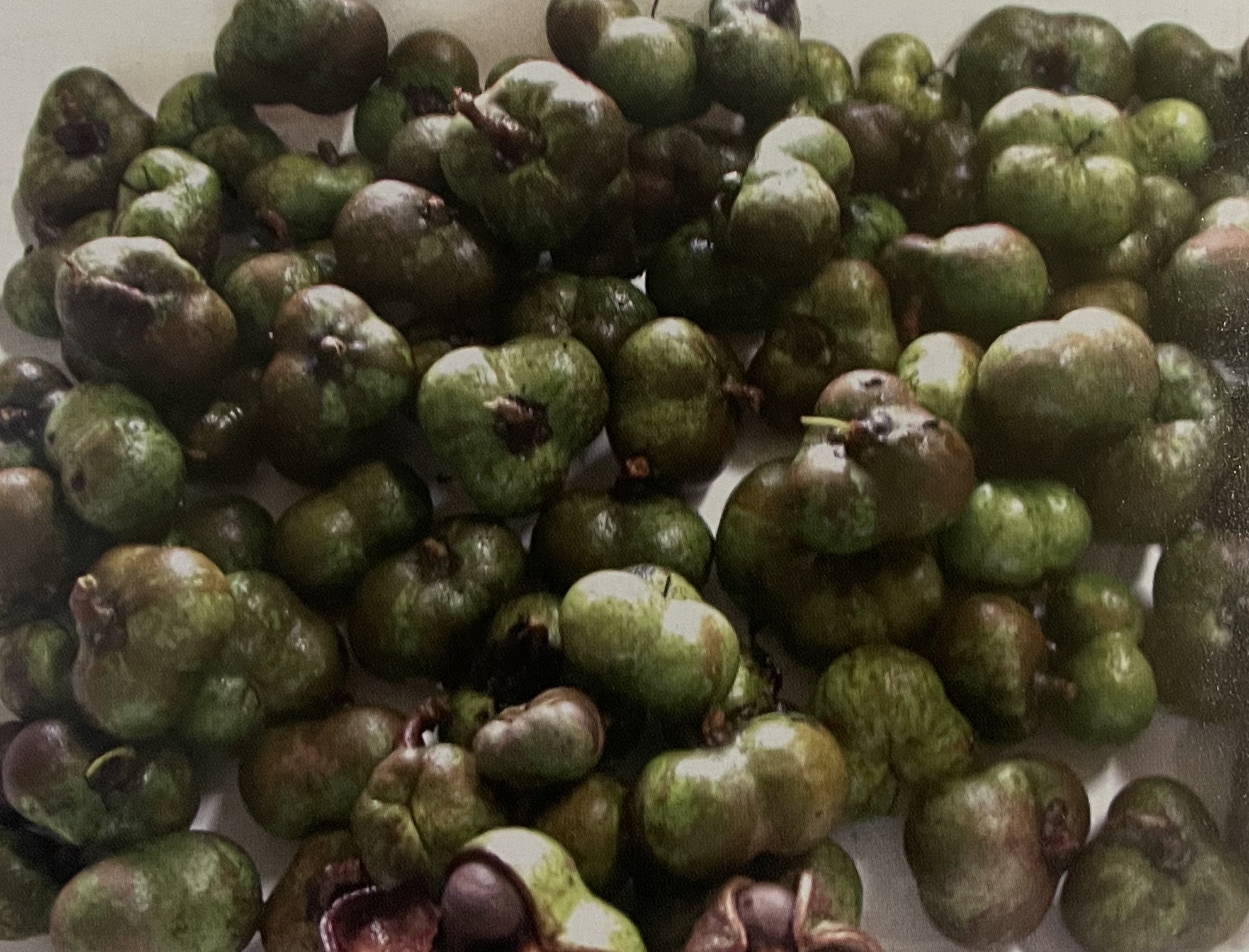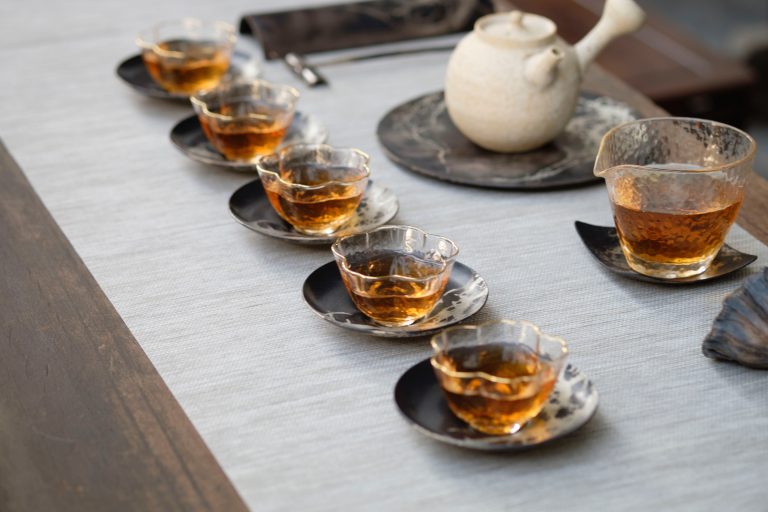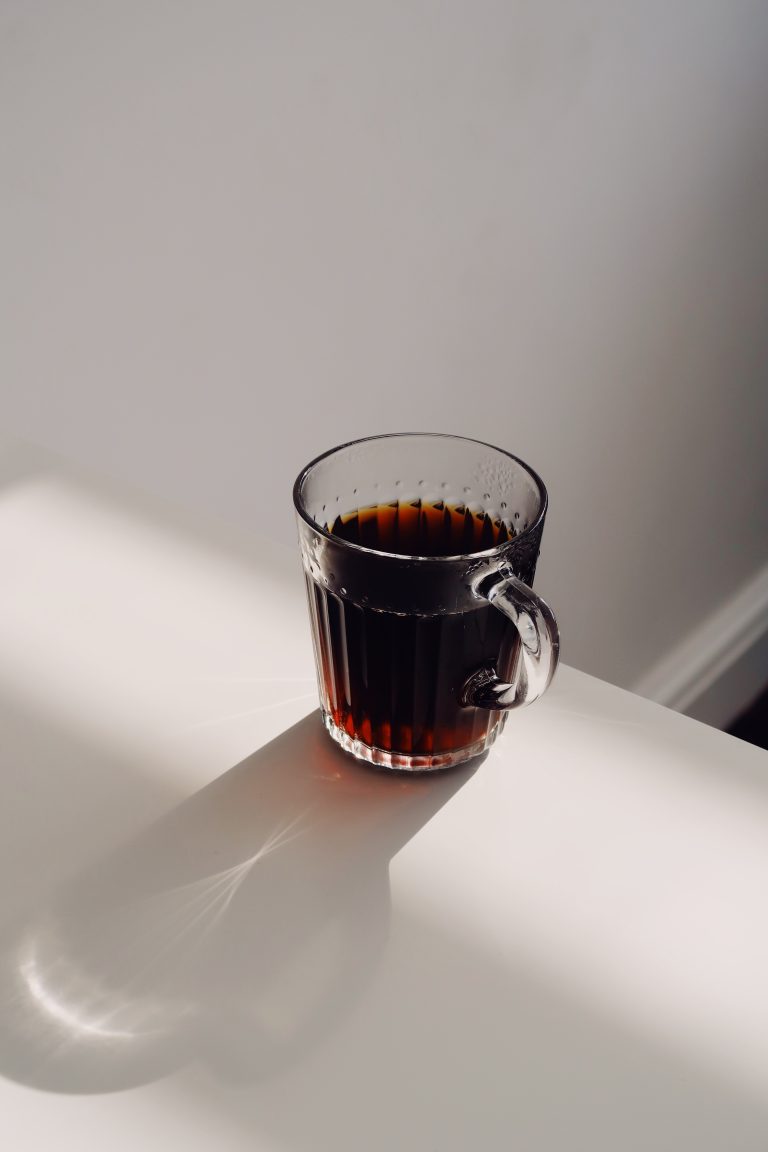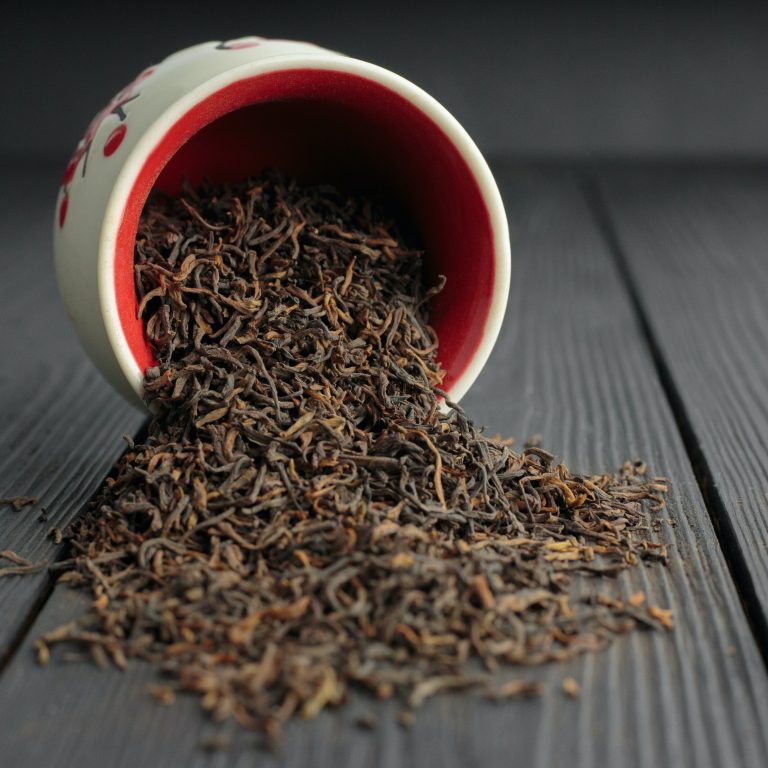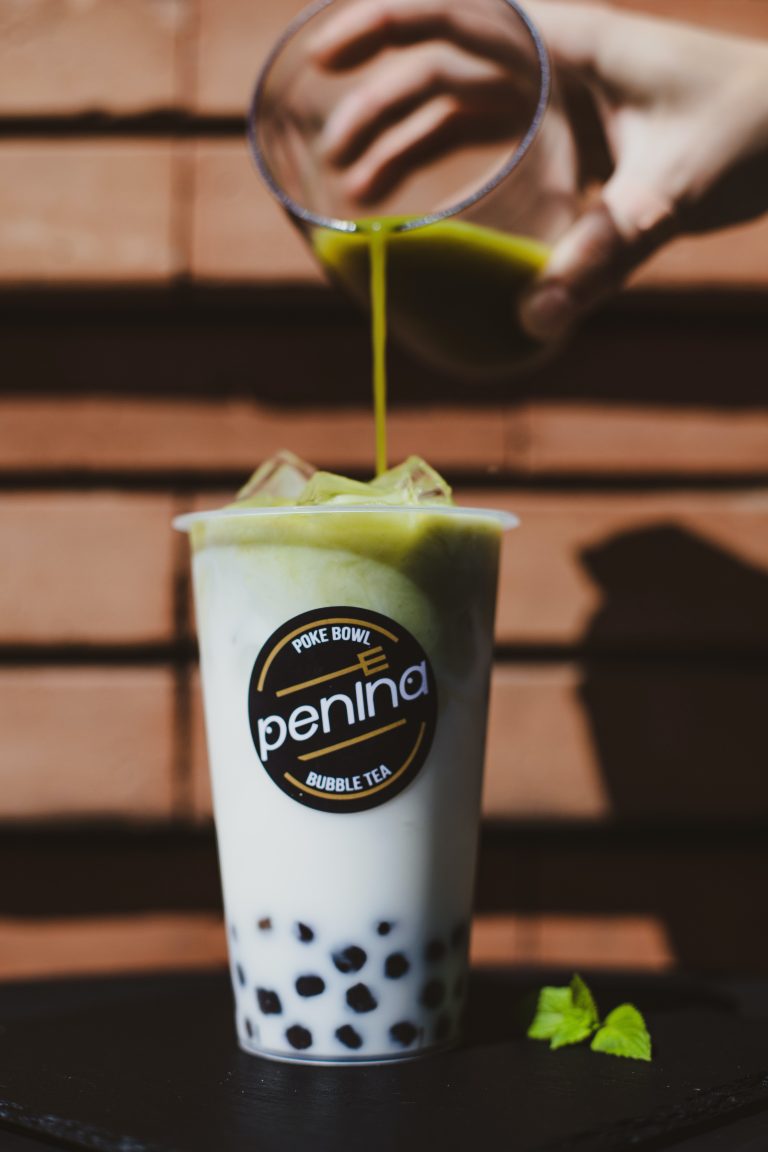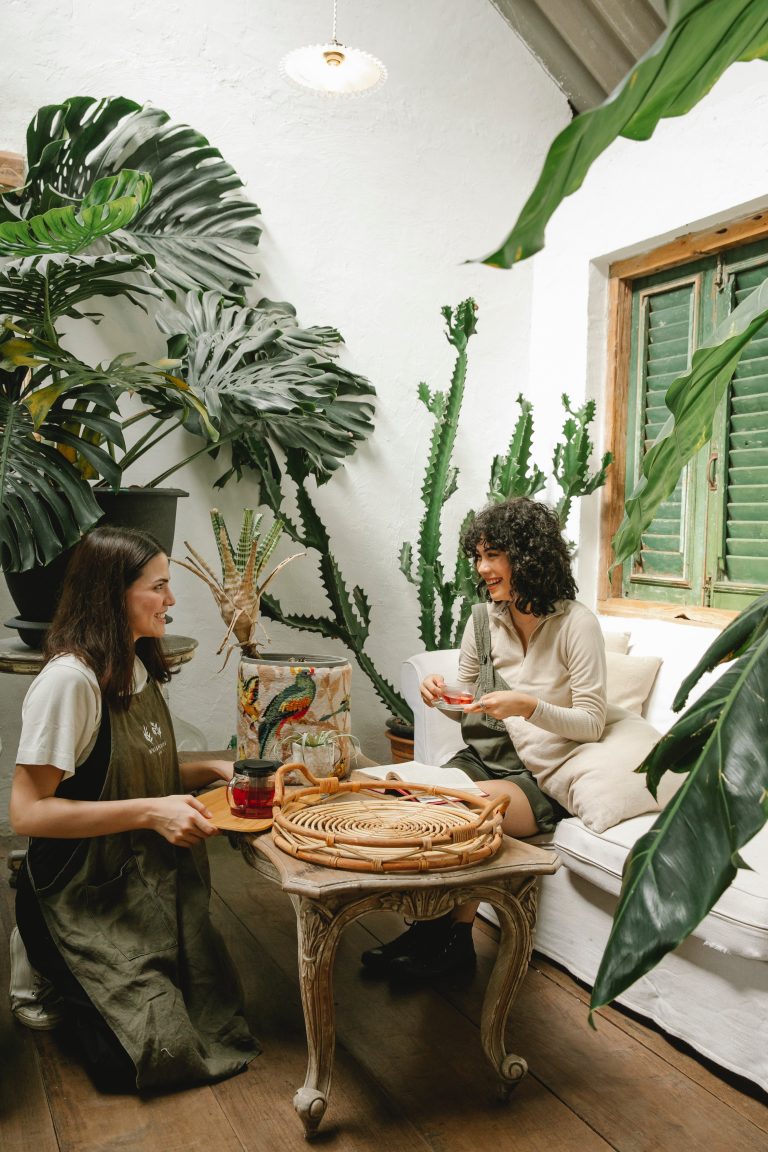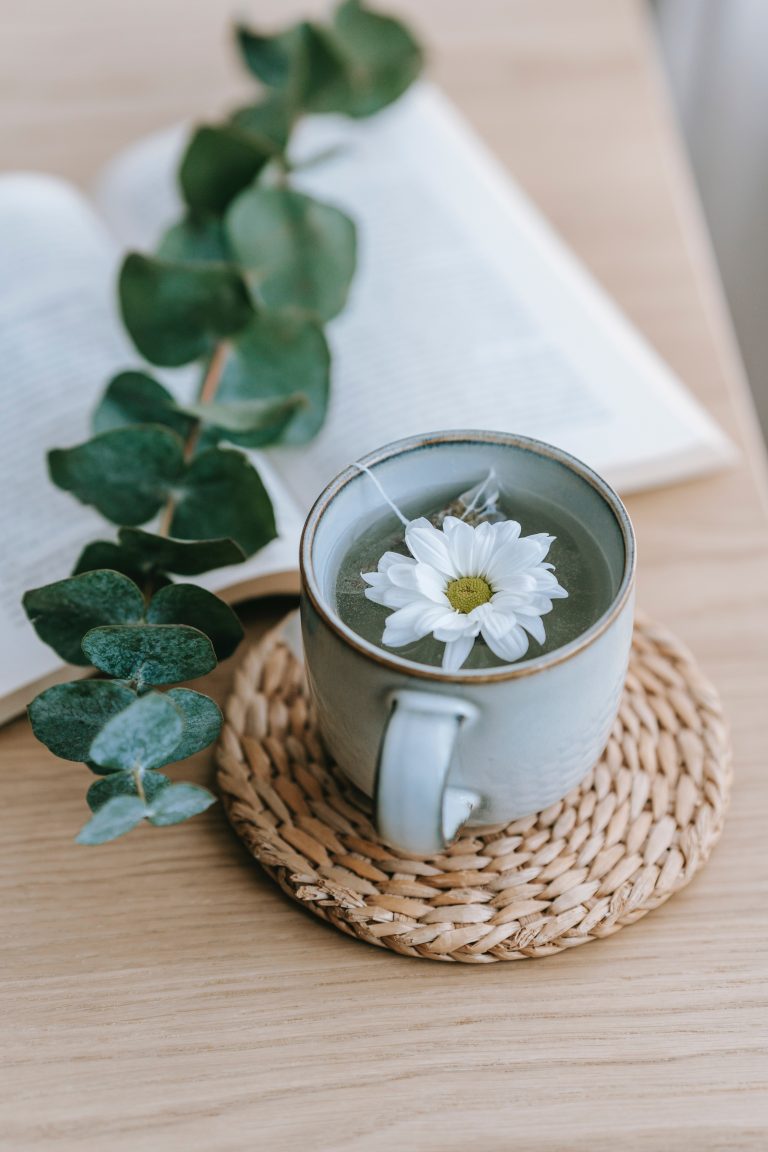Seed Tea
Before the question of seeds as planting material is considered, it is relevant to note certain facts about the nature of the tea plant. The tea plant is virtually self-sterile and requires cross-pollination for the satisfactory setting of viable seeds. It is therefore said to be out-breeding. All plants in populations of out-breeding species are highly heterozygous; which means that such plants do not breed true to type. Seeds from such plants will give rise to progeny that is highly variable with regard to morphological, physiological, and agronomic traits and they also seldom resemble the parental type.
Since the beginning of tea cultivation and until selected high-yielding cultivars began to make an impact, the seed was the traditional source of planting material. However, in contradiction to the practice with annual crops, distinct varieties of tea could not be established. From the breeder’s point of view, there were many obstacles to such a procedure:
- like other perennial plants , it is not easy to study the inheritance
- It is self-sterile
- Populations were highly heterogeneous owing to natural hybridization between the races occurring over a long period of time. In commercial tea fields, the heterogeneity of type is very noticeable and the separation of homogeneous varieties would demand, in the first place, a much clear conception of what characteristics are desirable and how they are genetically linked;
- The relatively large size of the plant and length of its generative cycle (seed to seed) varies from 5-10 years depending on the climate and type of tea, which has presented serious handicaps
Tea Seed-Bearers – Historical background
It was customary to establish limited and separate areas of tea to make provision for seed requirements.
Mass selection on the basis of morphological features like shape, size, and texture of leaf, growth habit, etc., was carried out on nursery seedlings for selecting the parental plants for seed gardens, when tea growers began to select broad-leaf Assam types for planting. As a result, some amount of improvement in quality, yield, and morphological uniformity was achieved. However, there were limitations to further improvement.
Seed- bearers of High Yielding Cultivars
With the advent of high-yielding cultivars, biclonal and polyclonal cultivar seed gardens have been established with the aim of obtaining better seeds for estate planting as well as for the cultivar selection program. It was expected that the combinations of parental characteristics in terms of yield and quality would be transferred to the progeny. Based on the performance of yield, quality or pest, and disease resistance capability, parental cultivars are selected and planted according to a design and they are allowed to hybridize naturally.
It has been found that seed progenies raised from the seed gardens were relatively more vigorous and uniform in the early stages, with a high proportion of large-leaved types than the seedlings from unselected commercial tea seeds. However, progeny from polyclone combinations, involving the use of more than two generative cultivars in a seed garden has been found to be more unpredictable than those from biclonaJ mating (Richards, 1967).
In out-breeding species, the final variety is often a heterogeneous population and in obtaining improved seed material, the aim is to increase the frequency of superior genotypes (individuals) in the population, so as to raise the mean in the appropriate direction. It is therefore important to identify elite individuals which in combination will give superior progeny. Heterozygosity also appears to be an essential feature of commercial varieties of these species and hence must be maintained (Allard, 1960).
Studies on the genetics of tea are scanty (Bezbaruah, 1974; Pool, 1982; Visser, 1969) and information from such studies is essential for the identification of superior progenitor cultivars. Progenitor cultivars should be chosen after considering the cross-compatibility relations between the selected cultivars, their flowering patterns, seed setting ability, and after progeny tests to determine whether the combinations would give a desirable progeny.
Seed gardens may be established with several selected cultivar pairs for:
- genetic studies,
- obtaining seed for experimental planting, and
- Obtaining seedling populations with enhanced chances for selection of superior cultivars.
It is important, both for genetic studies and for experimental planting, that seed gardens be isolated (from any other tea areas) to ensure that the seeds are true hybrids of the cultivar pairs.
With a highly heterozygous plant like tea, which shows great variability in its seedling progeny, there is a greater chance of finding among selected hybrid progeny a few individuals that are genetically superior (in terms of the requirements of the industry) to the parent cultivars, than the chance of obtaining overall superior progeny. With the present paucity of knowledge, it is advisable that cultivars of diverse origin be used in establishing biclonal gardens. Sprague (1966) holds the view that the presence of heterosis or hybrid vigor indicates some degree of genetic diversity (genetic diversity of varieties, races, and species may have probably arisen through geographical isolation accompanied by genetic shift). Therefore, with increased genetic diversity (as with cultivars of diverse origin) we should expect a higher level of hybrid vigor.
If closely related cultivars are used (sib mating or half-sib matings) there is a likelihood that the resultant seedling populations may be less vigorous than the parental cultivars. That is, the population as a whole would be less vigorous although certain individuals (and these could be few) may be as vigorous or even more so than the progenitors. Such populations are therefore good for the selection of cultivars.
Tea seed gardens have been established in the past and the progenies developed from those are being assessed continuously to generate information for the breeding program and also to develop suitable seed sources as planting material. The Tea Research Institute has established such seed gardens in different regions of Sri Lanka and is now making use of them to develop seed progenies for planting (Gunasekare et al., 2004) as well as in selection programs to develop new cultivars of tea.
Read more about tea manufacturing

